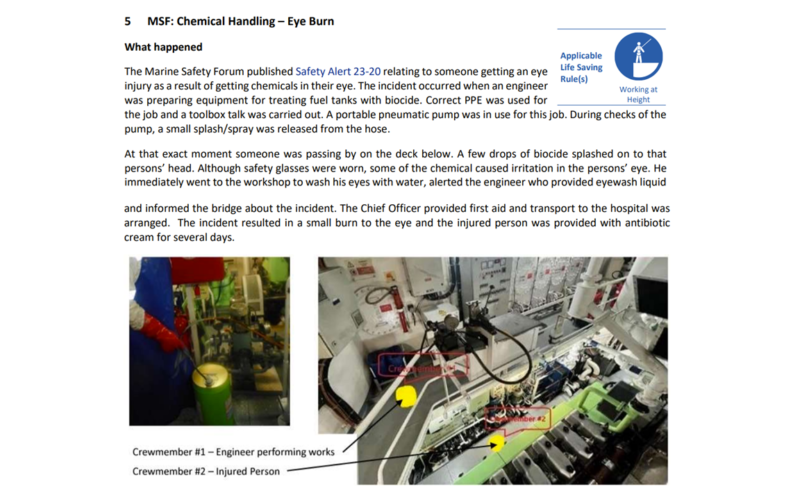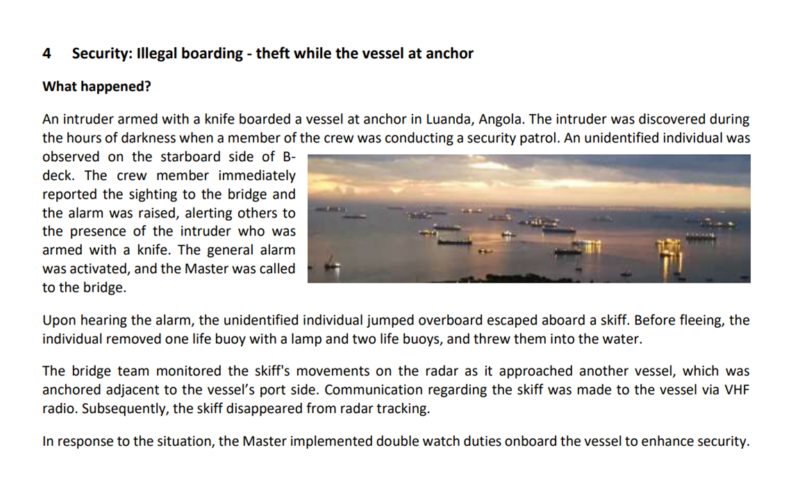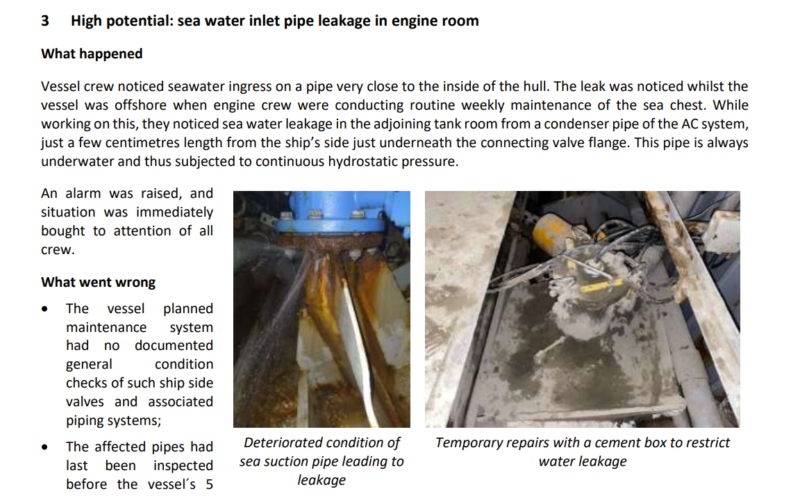Cause & Consequence
- Uncontrolled release of a flammable gas or liquid
Incident Location
Fixed Installation
Incident Activity
Production operations
Specific Incident Equipment
Molecular Sieve STG flange
Lessons Identified
- As part of failure investigation stemming from an earlier release, a pipe flexibility model was constructed using pipe stress analysis software to determine the forces and moments at the flanges. This was with a view to determining if any additional supports were required and/or to ensure existing supports were in the correct locations. All the flanged connections passed the analysis for both the operating and the seating conditions. It was therefore concluded that any modifications to the pipework were likely to be ineffective.
- A process study was performed to determine areas of high cyclic stress and this identified the flanges that were most at risk of loosening due to the thermal cycle.
- Upon breaking the flange, the RTJ was found to be slightly distorted which may have contributed to the release.
Incident Recommendations
- A bolt tension control method and annual maintenance check should be implemented at the flanges identified most at risk of loosening, to ensure the bolts are maintained at the correct torque.
- When joints are disturbed in the future, new RTJs should be installed prior to reinstatement. These RTJflanges are subject to thermal cycling so distortion could occur over a period of time. When the old RTJs are being removed the flanges should be checked for any damage to the flange groove and gasket faces and any signs of bolt elongation.
Rate this alert
Average Rating
Latest Alerts & Moments
Our searchable catalogue of hundreds of Safety Alerts and Safety Moments are all designed as learning resources that can help improve workplace safety.


